Protect Your Garden: Organic Vole Control for Fall and Winter
(Written by Angela Mason Foster, Extension Master Gardener℠ Volunteer) As the fall season arrives, gardeners in Eastern North Carolina are …



El inglés es el idioma de control de esta página. En la medida en que haya algún conflicto entre la traducción al inglés y la traducción, el inglés prevalece.
Al hacer clic en el enlace de traducción se activa un servicio de traducción gratuito para convertir la página al español. Al igual que con cualquier traducción por Internet, la conversión no es sensible al contexto y puede que no traduzca el texto en su significado original. NC State Extension no garantiza la exactitud del texto traducido. Por favor, tenga en cuenta que algunas aplicaciones y/o servicios pueden no funcionar como se espera cuando se traducen.
Inglês é o idioma de controle desta página. Na medida que haja algum conflito entre o texto original em Inglês e a tradução, o Inglês prevalece.
Ao clicar no link de tradução, um serviço gratuito de tradução será ativado para converter a página para o Português. Como em qualquer tradução pela internet, a conversão não é sensivel ao contexto e pode não ocorrer a tradução para o significado orginal. O serviço de Extensão da Carolina do Norte (NC State Extension) não garante a exatidão do texto traduzido. Por favor, observe que algumas funções ou serviços podem não funcionar como esperado após a tradução.
English is the controlling language of this page. To the extent there is any conflict between the English text and the translation, English controls.
Clicking on the translation link activates a free translation service to convert the page to Spanish. As with any Internet translation, the conversion is not context-sensitive and may not translate the text to its original meaning. NC State Extension does not guarantee the accuracy of the translated text. Please note that some applications and/or services may not function as expected when translated.
Collapse ▲(Written by Angela Mason Foster, Extension Master Gardener℠ Volunteer) As the fall season arrives, gardeners in Eastern North Carolina are …
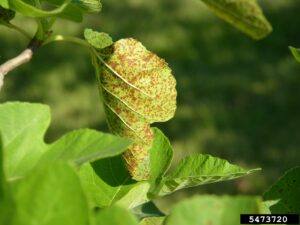
I love some figs (Ficus carica)! I usually get the opportunity to go to the Ocracoke Fig Festival in …
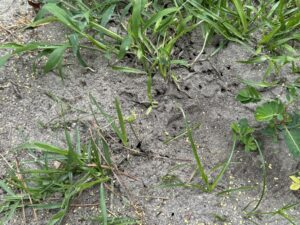
I was working in the yard this past weekend, finally getting to a few of those clean-up projects I …
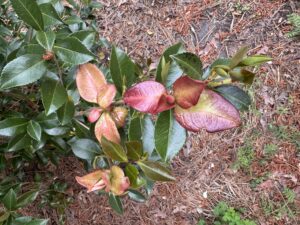
There have been lots of calls this week, ranging from recommendations for landscapers to what is wrong with my …
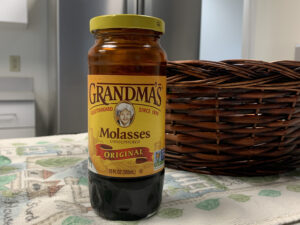
Sometimes I get the most interesting calls! Questions from plant, weed, and insect identification to various products to be …
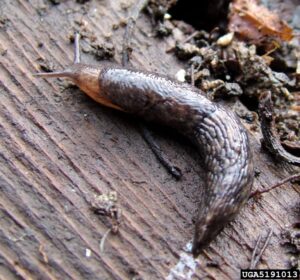
“What’s eating my hostas?” The caller said, “I come out in the morning and there are these holes in …
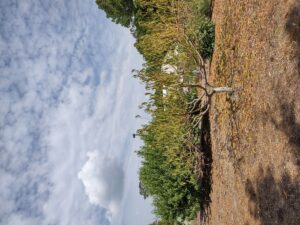
I have an Extension Master Gardener℠ Volunteer that says, “Growing fruits and vegetables should be more of a hobby. …
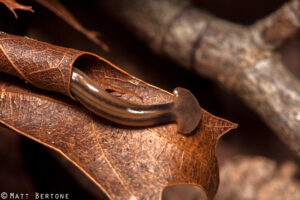
Some things that you see in horticulture just don’t seem natural…sometimes they almost seem like they are alien! Have you …
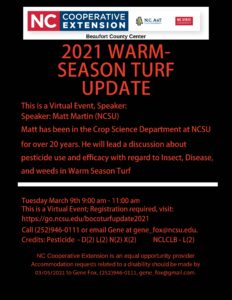
Warm Season Turf Update Beaufort County Join N.C. Cooperative Extension Research Associate Matt Martin for this warm season turf update. This …
This publication discusses a number of options that are available to the greenhouse manager for …

This soybean disease information factsheet describes the symptoms and disease cycle of the cowpea chlorotic …

Tobacco ringspot virus is a disease of soybean in North Carolina. This factsheet offers information …

This soybean disease factsheet covers aerial web blight, a generally minor disease of soybean in …
This factsheet discusses bacterial blight of soybean in North Carolina.
The symptoms and management of white mold, an important cause of yield loss in soybean …

This factsheet offers information on target spot in soybean production in North Carolina.

This factsheet offers information on the signs, disease cycle, and management of soybean vein necrosis …